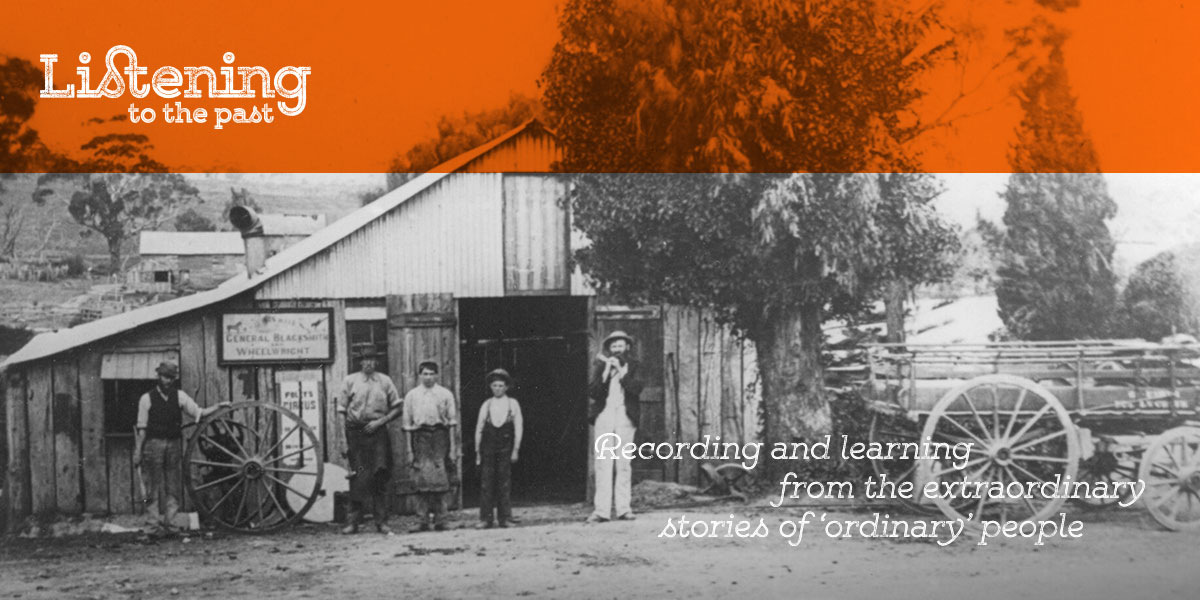Dances were popular entertainment in cities and country towns through much of the twentieth century. Often the dances served as fund-raisers for local community groups, or during World War II, for the Fighting Forces Comfort Fund and the Red Cross.

Dances were held in local halls throughout the Adelaide Hills, usually running from 8pm until 1am. Joy Craill grew up at Bull Creek, near Meadows, and remembers the importance of the dances to the local community:
There was that [sport] and the dances of a Saturday night, that was the thing that the weekends were good for, was the sport and the dances, and there was a lot of little dance halls around the area that we used to go to. There was Macclesfield and Meadows and Echunga and Strath[albyn] and Belvidere out between Langhorne Creek and Strath, which had one of the best floors. Paris Creek, would you believe, that little old shed that’s still there, just, had the best floor in the whole place. It was really a great dance floor.”
What was it like at the start of a dance? Harry Portlock remembers the dances in the late 1940s and 1950s:
The dances were very good. All the boys stood by the door, by the front door, in a great group and all the girls sat around the edges of the hall and as soon as the master of ceremonies would announce which dance it was there would be a mad scramble to grab your girl or some girl that you had your eye on and it was a great free-for-all. They were great social gatherings. And when we had a motorcycle, of course, we could travel to other towns and go along to their dances or, if one of your friends had a car, then you went along with that.”
Taking a girl to the dance
Harry was fifteen before he was allowed to go the dances. At first, he couldn’t afford to take a girl, and would have to meet them inside. He remembers:
It was very serious if you actually paid for your girl to go to the dance, and I guess it was much later years when I could afford to buy a motorcycle before I had enough money to take a girl along. But yes, I would have been nineteen before I had a girlfriend that I would take to the dance and you were very proud, very proud, when you could ride up on your motorcycle with your girl on the back and then march up to the window and buy her ticket as well as your own. You really did take a step up in society.”
Decorating the hall

Decorating the hall was an important part of these regular events. In 1954, Mount Barker Football Club held a successful ball in which “Floral decorations were very attractive and featured iceland poppies, fern, pansies and heuchera on the supper tables, whilst the stage was bedecked with troughs of mixed flowers.”
By contrast, at a Bachelors Ball held at Paris Creek, the hall was “decorated by several young bachelors with willow, gum and wild lucerne. A large placard bearing ‘Eat, drink and be merry, for next year you may be wed,” was hung in a conspicuous position above the stage.”
Joy remembers the floral decorations:
It was always a part of any of the functions that there had to be decorations of some sort, and especially the flowers. In those days it was considered if there wasn’t any flowers decorating the hall it looked very bare and, ‘Oh, well, we have to do better than that’, so therefore everybody grew flowers in their garden and if there was something on, well, there’d be somebody designated to do the decorating and if there wasn’t enough in their own, well, they’d go round to the neighbours.”
A good, slippery dance floor
The quality of the dance floor was even more important than the hall decorations. Preparing the floor surface was a serious business, and Joy recalls how this was done:
We used to prepare the floors with bags filled with sawdust soaked in kerosene and then we would have great fun, of course, dragging that all round; and then there’d be the candles, we’d shave bits off the candles and that would go on top, and then we would have a bag and we’d pull each other around on a bag to make sure that the floor was slippery enough. And it was, I can tell you. (laughs) They were very good, slippery dance floors.”
In a future post, I’ll include reminisces about the particular dances that were enjoyed in the 1940s and 1950s and the music that accompanied them.
Further reading:
Fighting Forces Comfort Fund, Museum Victoria
Dancing in Adelaide, SA Memory, State Library of South Australia.
Quotes from oral history interviews with Joy Craill and Harry Portlock courtesy of the State Library of South Australia (OH 829-12 and 5).

1 thought on “Dancing the night away”